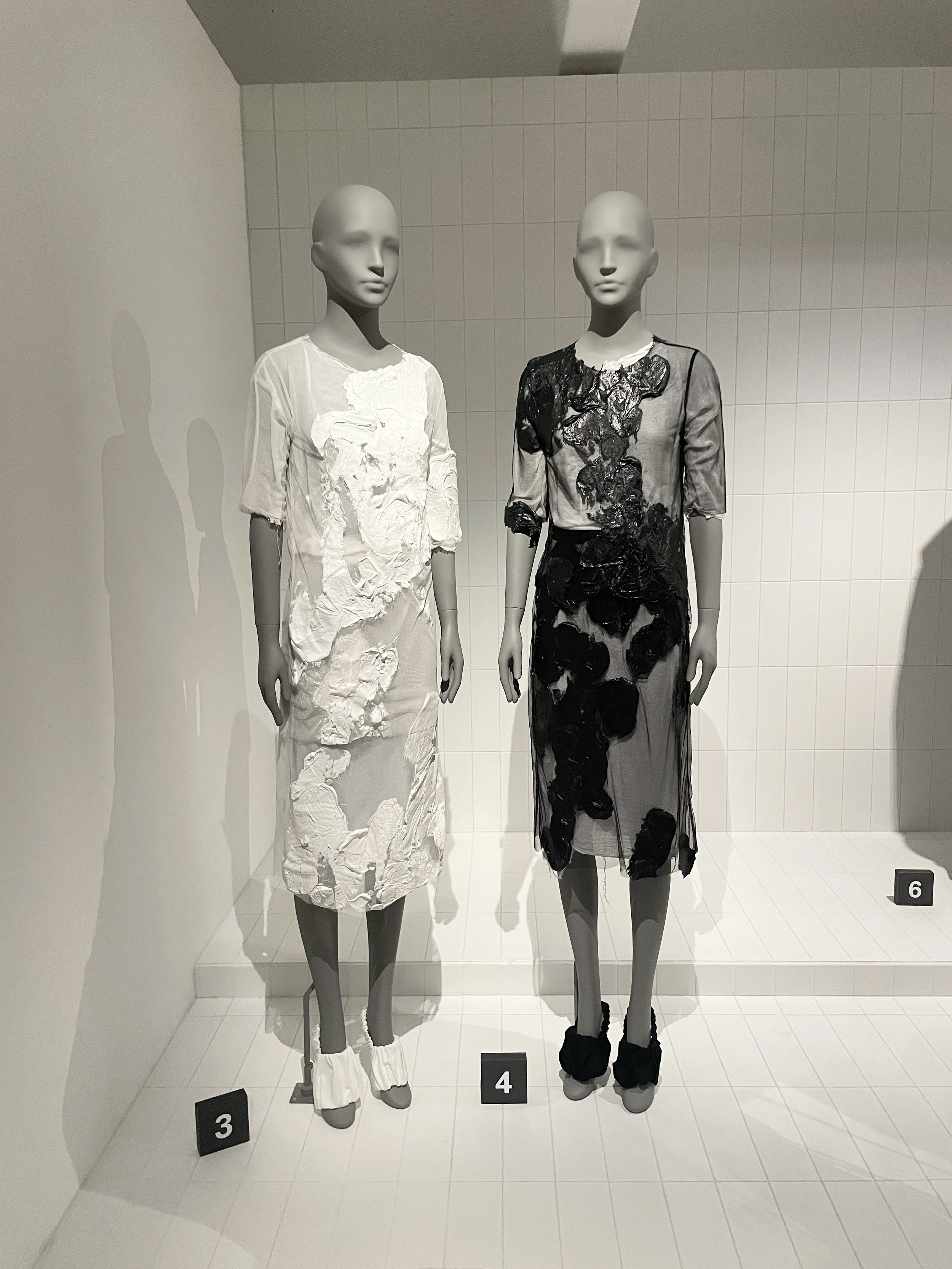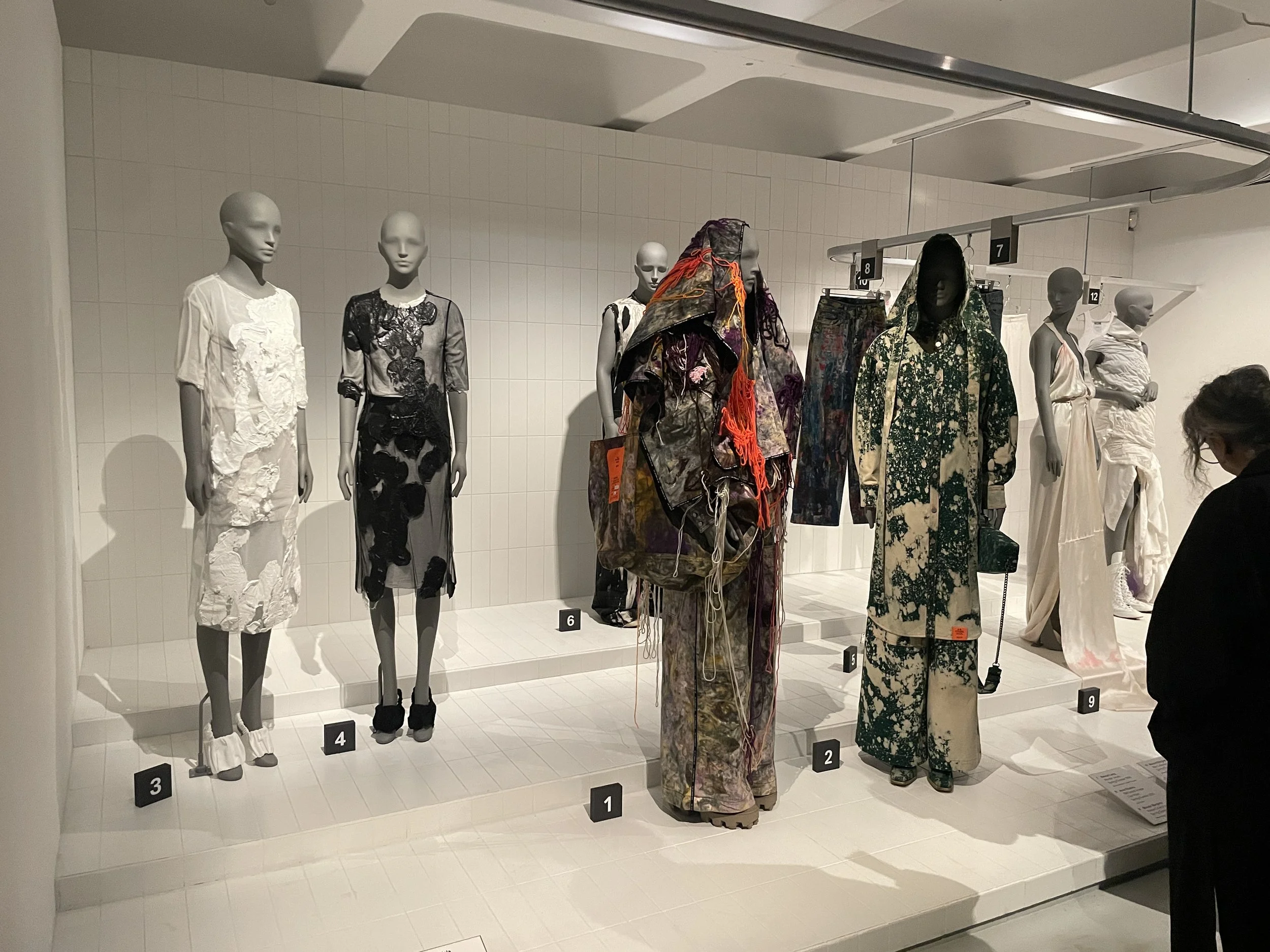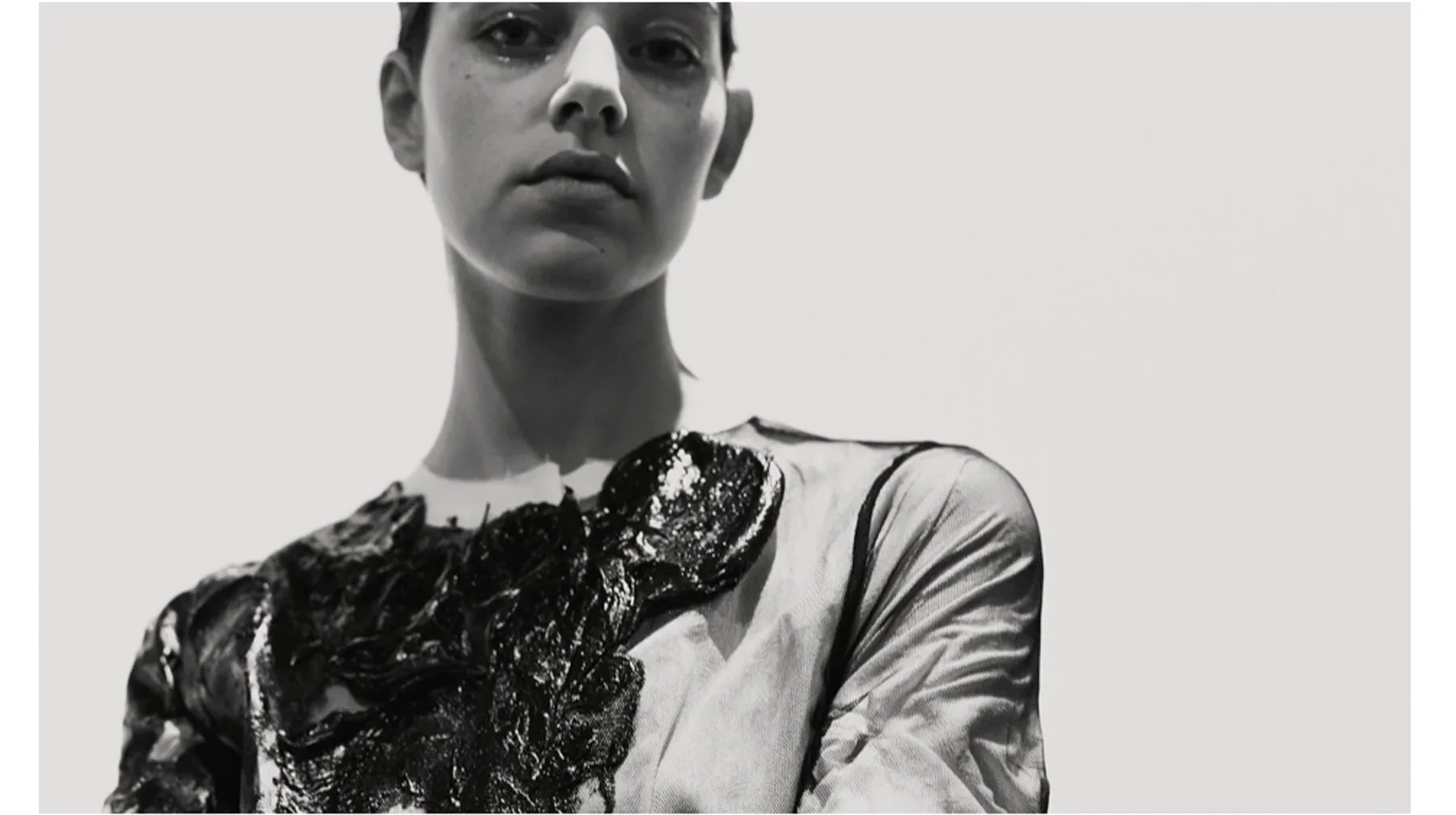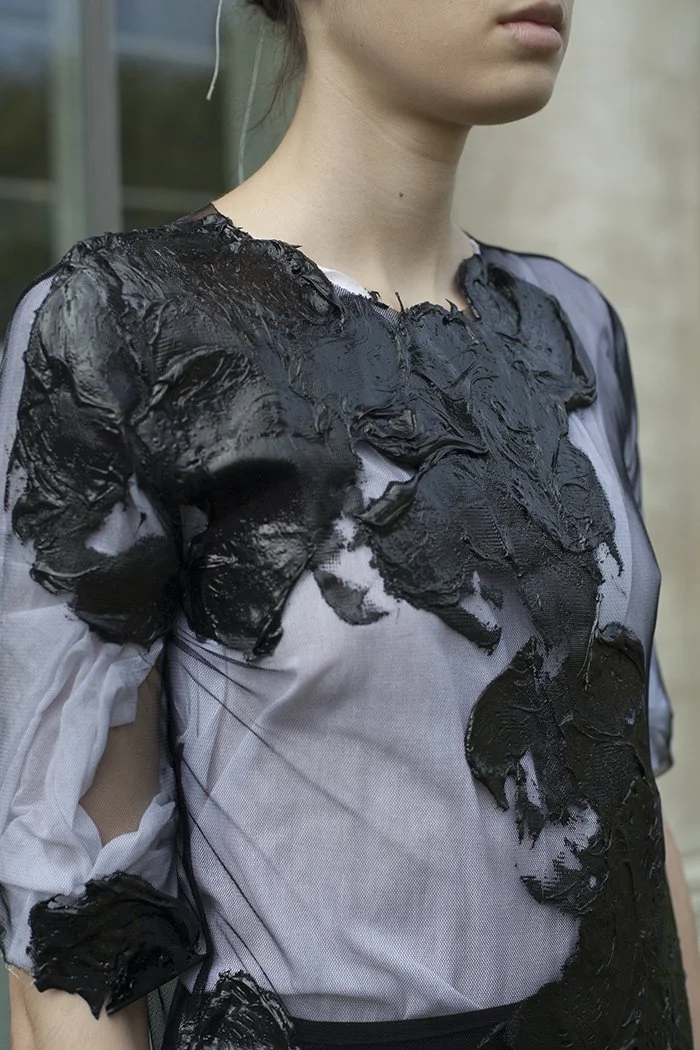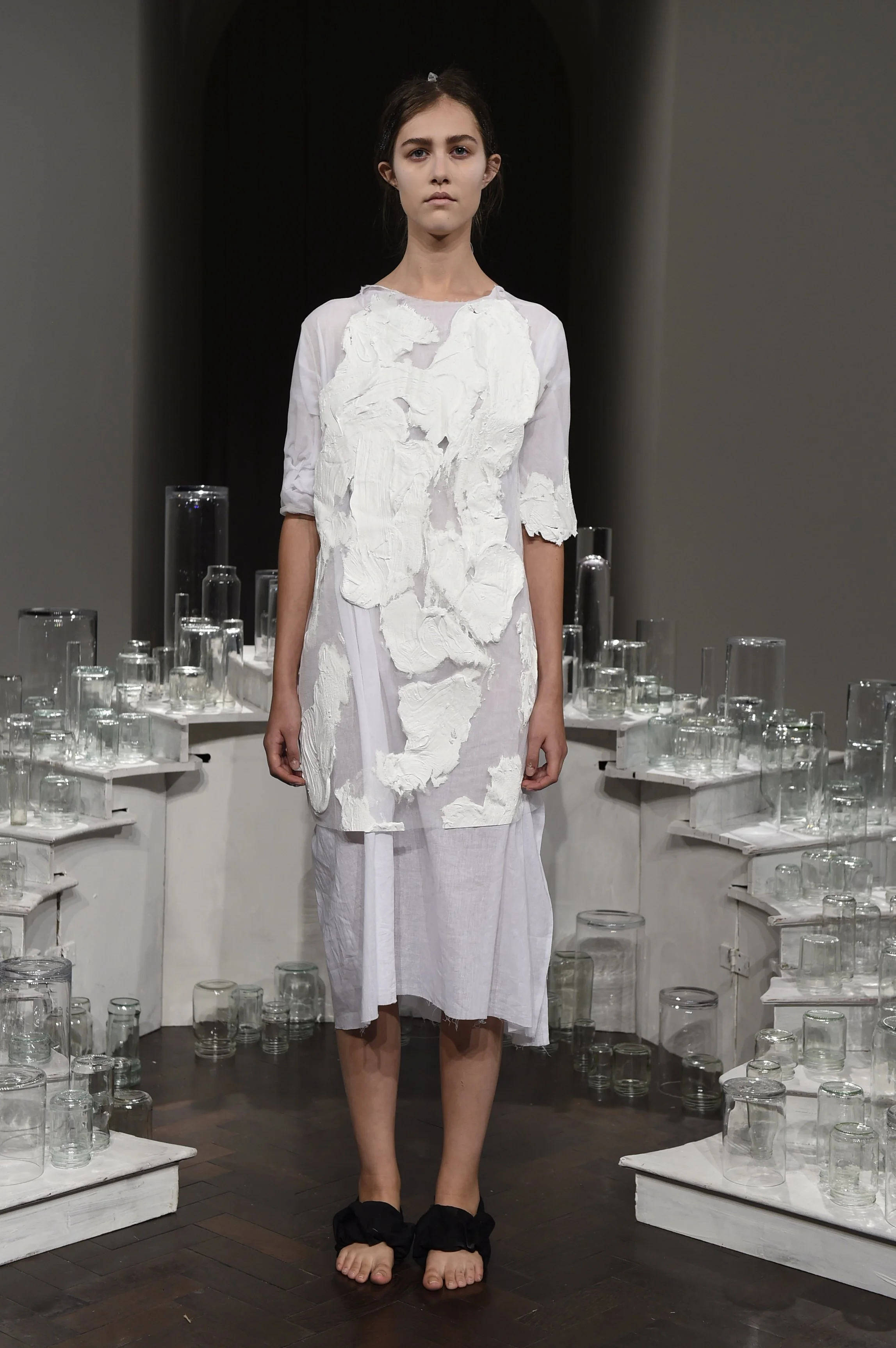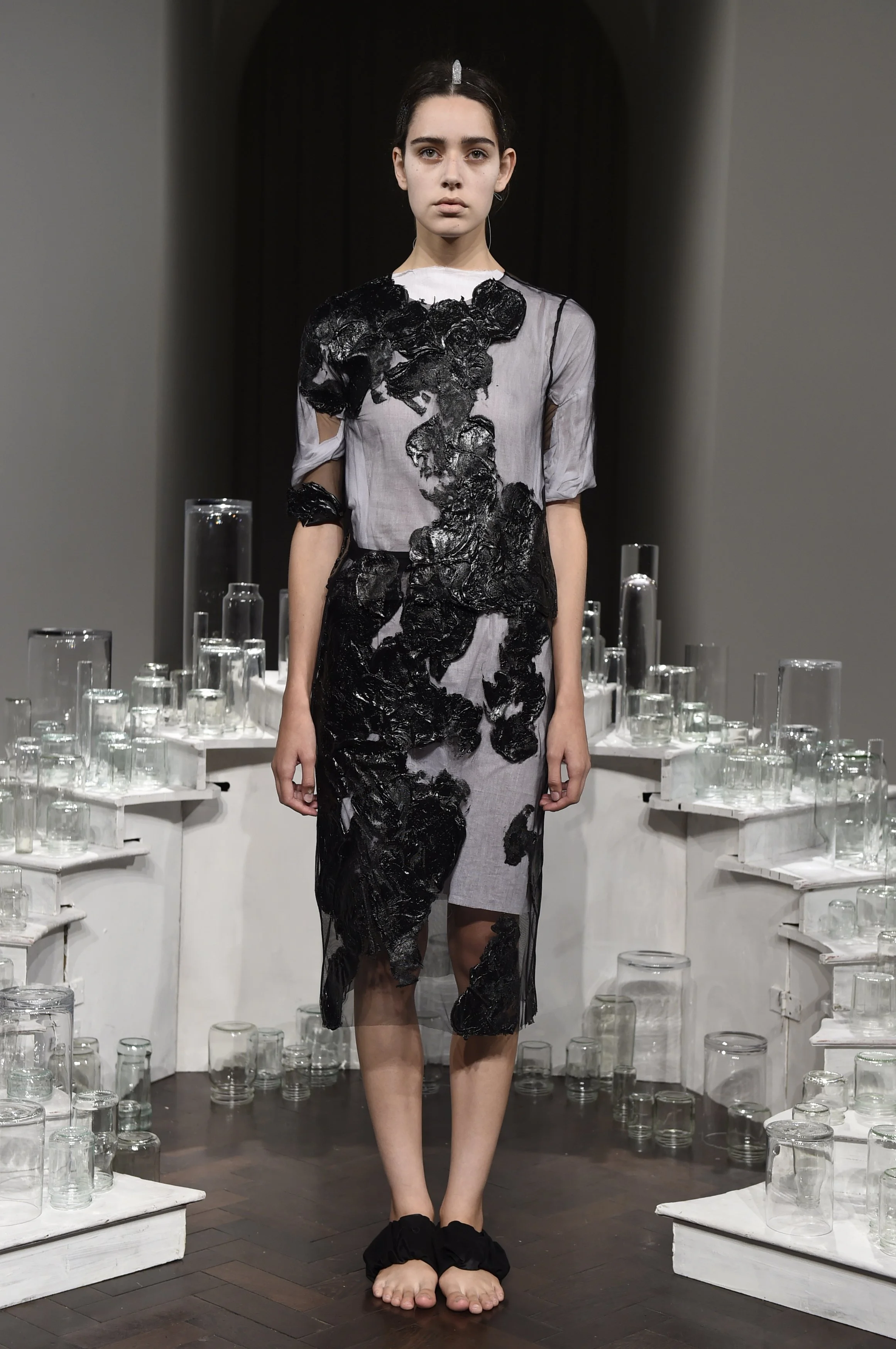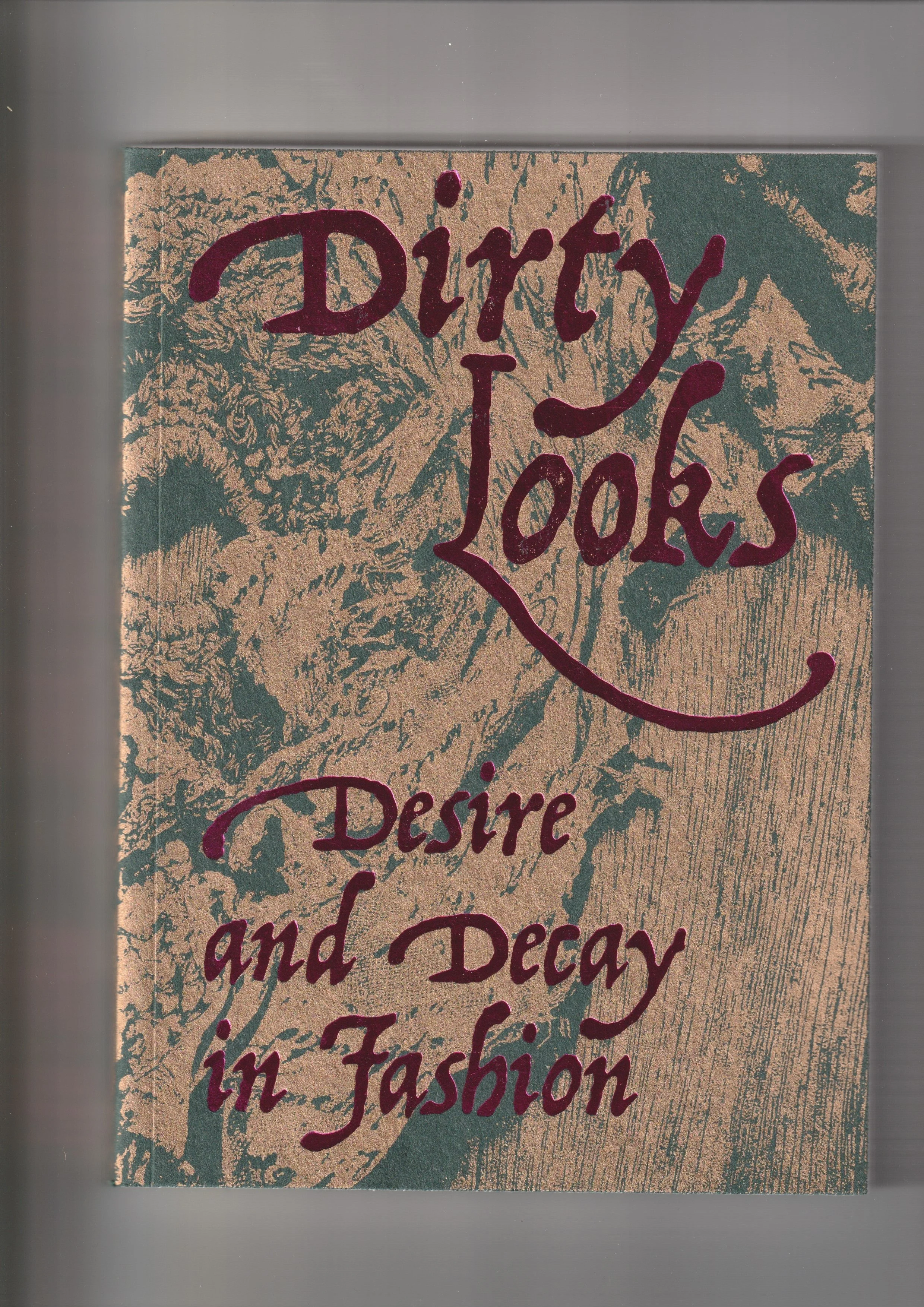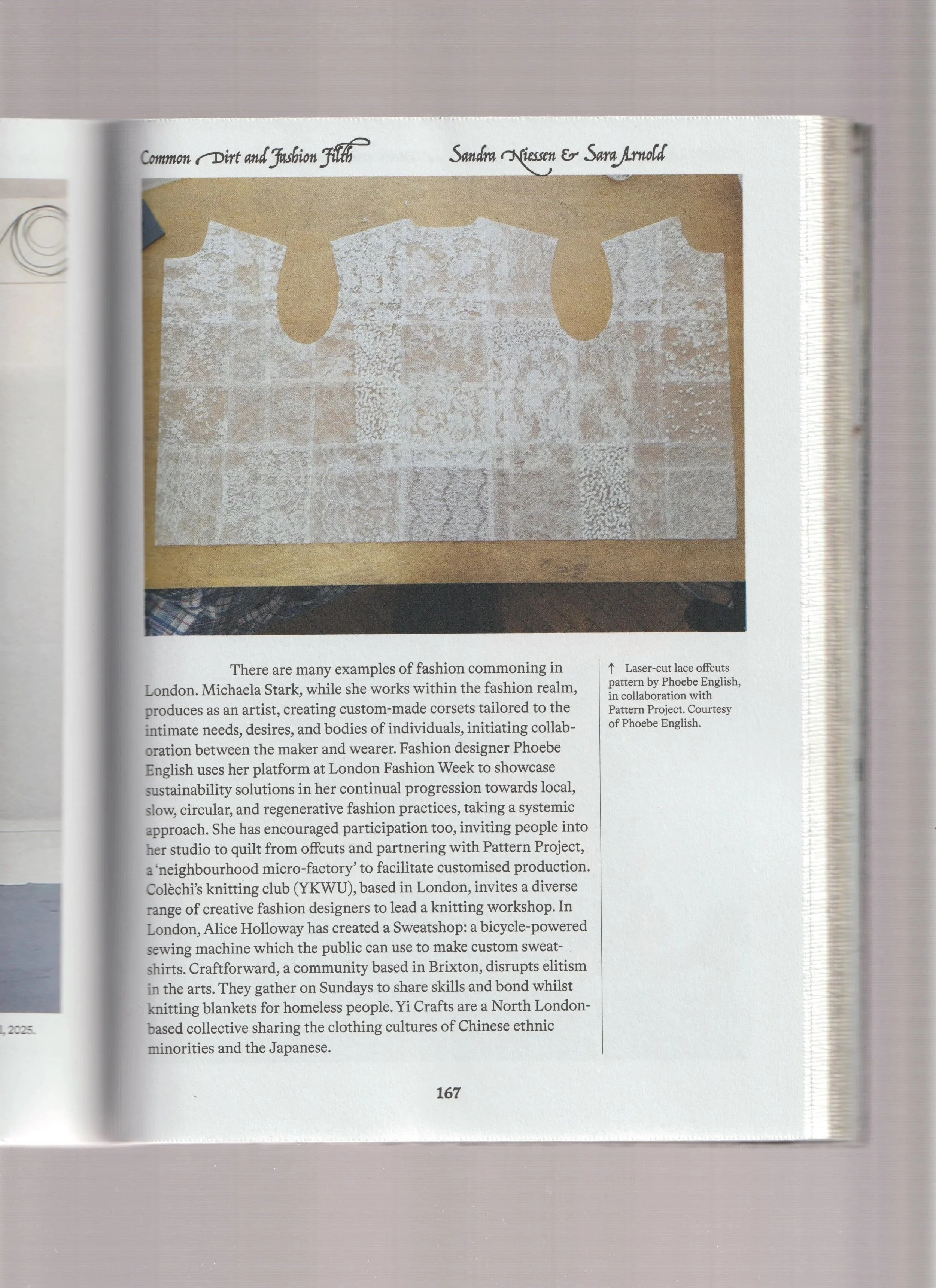SS15 ON DISPLAY IN ‘DIRTY LOOKS’ AT THE BARBICAN
Two of our smoosh dresses from SS15 are currently on display at the Barbican’s ‘Dirty Looks’ exhibition. We are so honoured to be a part of such a momentous show.
These looks were created in collaboration with Fashion Illustrator & Print Designer Helen Bullock as part of our SS15 collection. They are shown as part of the ‘Stains as Ornament’ section of the display. Thank you so much to Karen Van Godtsenhoven and Jon Astbury for our inclusion.
Dirty Looks: Desire and Decay in Fashion
From ruined romantic evening gowns to faux-stained jeans, mud-splashed dresses and upcycled outfits, the fashion world has never been dirtier.
But where did this idea of getting dirty come from? Where is it going? And, what does it say about fashion's relationship to the earth and to our bodies?
Dirty Looks explores how dirt and decay have been used to defy beauty standards, and why it's going through a resurgence in young designers' work. As a counterpoint to glossy digital perfection, these artistic practices point us to a new way of thinking about a sustainable fashion future.
These two smoosh looks that are currently on view are from our SS15 collection, were made in collaboration with esteemed Fashion Illustrator & Print Designer Helen Bullock and styled by Ellie Grace Cumming.
Helen is a long term friend of Phoebe’s and we wanted to use these pieces as a moment to capture and celebrate her magnetic personality. These dancing stains and the mark of the maker were key ideas within the development of these looks.
Helen Bullock has worked with many luxury fashion brands, and is renowned for her bold prints and strong colour. Her illustrations are created by hand, maintaining an air of freedom and spontaneity, reflecting Helen’s unique character and exuberant love for life.
Smoosh ... Smear ... Spread … Stain ... And sometimes crack!
This was one of my favourite collabs - it was a true merging of two rather different worlds.
The smoosh appears strong and glossy on the sheer fabric - it was smeared on with a cake spatula, and baked many times to help it set.
Sometimes it didn't set - and would crack.
-Helen Bullock
We are delighted to discover our efforts towards circular fashion are mentioned throughout the collection of essays that form the ‘Dirty Looks’ catalogue.
Sandra Niessen and Sara Arnold cite us in their exquisite essay: “Common Dirt and Fashion Filth: Rich Soil for Defashioning.”
“The notion of dirty looks is rich ground for exploring refashion, and envisioning a world where engaging in fashion is fair, regenerative, and caring.”
“Fashion today contributes to a spate of social, environmental, and cultural problems: water depletion, chemical poisoning, deforestation, and microplastics. The industry produced over one hundred billion items of clothing in 2015 and it continues to grow -4% growth was expected for 2024 outpacing global GDP. Fibre production doubled between 2000 and 2023. The industry contributes 10% of global carbon emissions and this is on track to grow 40% by 2030 (from 2022). This growth is enabled by fossil fuels; a whopping 67% of fashion fibres are now made from fossil fuels and this percentage, too, is increasing. As it grows, the industry creates sacrifice zones: demeaned pursuits for labour hours; erased cultural diversity and other ways of being; and scarred land caused by mass-extraction. Ghana receives fifteen million items of clothing waste from countries in the Global North every week, much of which is immediately discarded due to lack of resale value. Despite all of this, fashion’s facade remains disturbingly clean; its filth is swept under the carpet of glamorous advertising.”
Photography by Ellen Sampson
“…sustainability requires shrinking fashion’s footprint to within planetary boundaries.”
“Industrial fashion produces the fifth of sacrifice as well as excessive amounts of clothing which go to waste. For its self-perpetuation, the filth needs to be covered up, and this is done with deceitful narratives.”
Photography by Ellen Sampson
“Alternatives are where relationships are repaired, dichotomies are broken down and fashion ceases to sacrifice. Much of defashioning is restorative. The invention of these new systems is where the genius of designers is urgently needed…Fashion designer Phoebe English uses her platform at London Fashion Week to showcase sustainability solutions in her continual progression towards local, slow, circular, and regenerative fashion practices, taking a systemic approach. She has encouraged participation too, inviting people into her studio to quilt from offcuts and partnering with Pattern Project, a ‘neighbourhood micro-factory’ to facilitate customised production.”
“In refashion narratives, the people wrest back from hierarchical, industrial organisations the capacity to produce once again in commons: within community. Fashion can be re-claimed when skills are re-introduced and knowledges are recovered and shared.”
We are so thrilled to be a part of such a momentous exhibition and have our work recognised throughout the catalouge.
You can now see these pieces in person at the Barbican on display until 25 January 2026
Gallery opening times:
Mon Closed
Tue-Wed 10am - 6pm (last entry 5pm)
Thu-Fri 10am - 8pm (last entry 7pm)
Sat-Sun 10am - 6pm (last entry 5pm)
Bank Holidays 12 - 6pm (last entry 5pm)
The Art Gallery will be closed for essential maintenance on Tue 7 and Wed 8 Oct and between 24-26 Dec.
